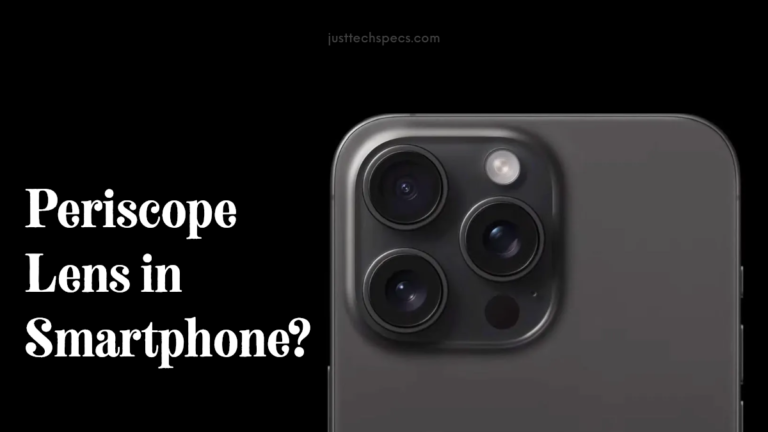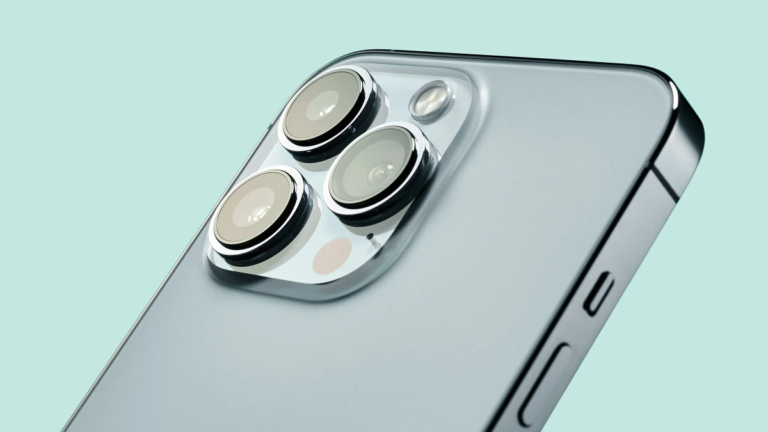Depth Camera Vs Normal Camera – What’s the difference?
Camera technology in smartphones has evolved rapidly in recent years. Most top-end and even mid-range phones now come with an array of complex camera systems designed to capture photos and videos in stunning quality.
Camera systems like periscope lens, 100x zoom lenses and now depth sensors – all make your phone a professional photography ready device.
With multiple camera arrays, it’s natural to ask questions about these cameras and what they do. For instance – what’s the difference between a depth camera and a normal camera?
This article will provide an overview of depth cameras versus normal cameras and their uses in smartphones.
What is the difference between a Depth Camera and a Normal Camera?
Here are the key differences between a depth camera and a normal camera in bullet points:
- A normal camera captures 2D images with color and light intensity information. A depth camera captures 3D spatial data along with color images.
- A depth camera provides depth images with each pixel containing distance or 3D coordinate information. Normal cameras lack depth/distance data.
- Depth cameras use infrared light and sensors to estimate depth and volumes. Common technologies are structured light, time-of-flight and stereo vision systems.
- Depth cameras enable 3D motion sensing, measurements and augmented reality effects. Normal cameras capture life-like color images but lack depth perception capabilities.
- Depth cameras have lower color resolution but provide crucial depth data not available in normal cameras. This enables advanced computer vision applications.
- Depth cameras are currently higher priced than normal cameras due to additional sensors and processing requirements. Prices are expected to fall steadily enabling wider adoption.
- Example uses of depth cameras include automation, robot navigation, self-driving vehicles, 3D scanning and modeling, gesture control, biometrics etc.
What is a Depth Camera in your smartphone?
A depth camera, also known as an RGB-D camera, is a camera that provides both color images and depth information for every pixel.
It works by projecting infrared light onto the scene and using an infrared sensor to measure the distance of objects based on how long it takes the light to reflect back to the sensor.
A depth camera is also different from a telephoto lens, by the way.
What is a Depth Camera used for in a smartphone?
Depth cameras allow smartphones to capture 3D models and spatial data about a scene.
This enables features like creating bokeh background blur in portrait mode photos, augmented reality effects that integrate virtual objects into real environments, more accurate recognition of spaces and objects for navigation or measurement apps, and better green screen type effects.
Overall, depth cameras add an extra spatial element that allows smartphones to detect things beyond basic color images and create more immersive photography and computing experiences.
What is Normal Camera in your smartphone?
A normal camera in a smartphone is a smartphone camera system. It consists of a sensor, lens, and software to process the images. The sensor captures light that enters through the smartphone’s camera lens and turns it into a digital image using millions of tiny photosensitive cells.
The most common sensor types in smartphones are CMOS (complementary metal-oxide semiconductor) and CCD (charge-coupled device). These normal smartphone cameras capture color images and light intensity but do not have specialized depth sensing capabilities.
What is a Normal Camera used for in a smartphone?
Normal cameras are used to take standard photos and videos for purposes like documenting personal memories, creating visual content to share on social platforms, scanning documents, reading barcodes or QR codes, visually identifying things, or incorporating images into other apps.
The quality keeps improving with more megapixels, better lenses, and computational photography techniques like HDR. But without depth sensing, the images remain 2D.
Conclusion
To summarize, both depth cameras and normal cameras serve important yet distinct roles in today’s leading smartphones.
Standard cameras capture high-quality, everyday photos and footage. Depth cameras unlock specialized depth-aware functions from portraits to AR through precise spatial sensing.
As phone cameras continue to advance, the two technologies are merging together to enable more versatile imaging that exceeds what single camera types could provide alone. The total package offers smartphone photographers unprecedented creative flexibility in a pocket-sized device.






